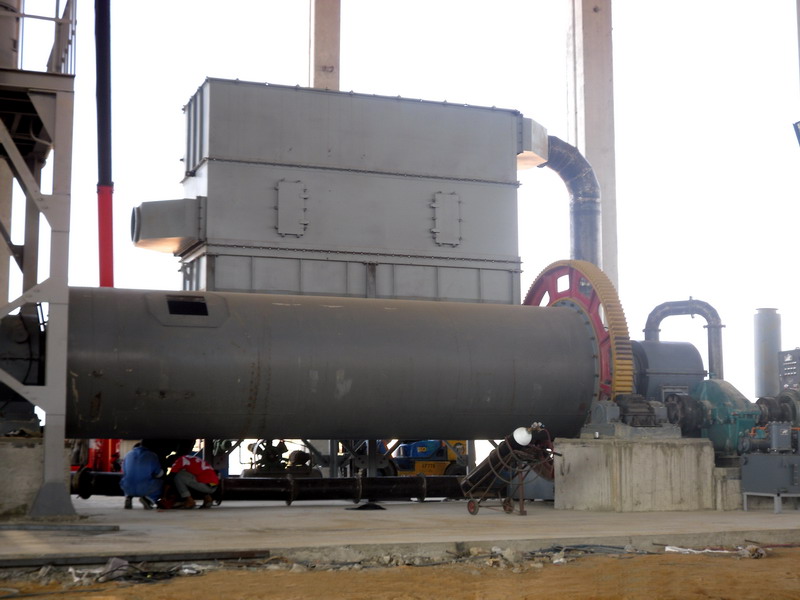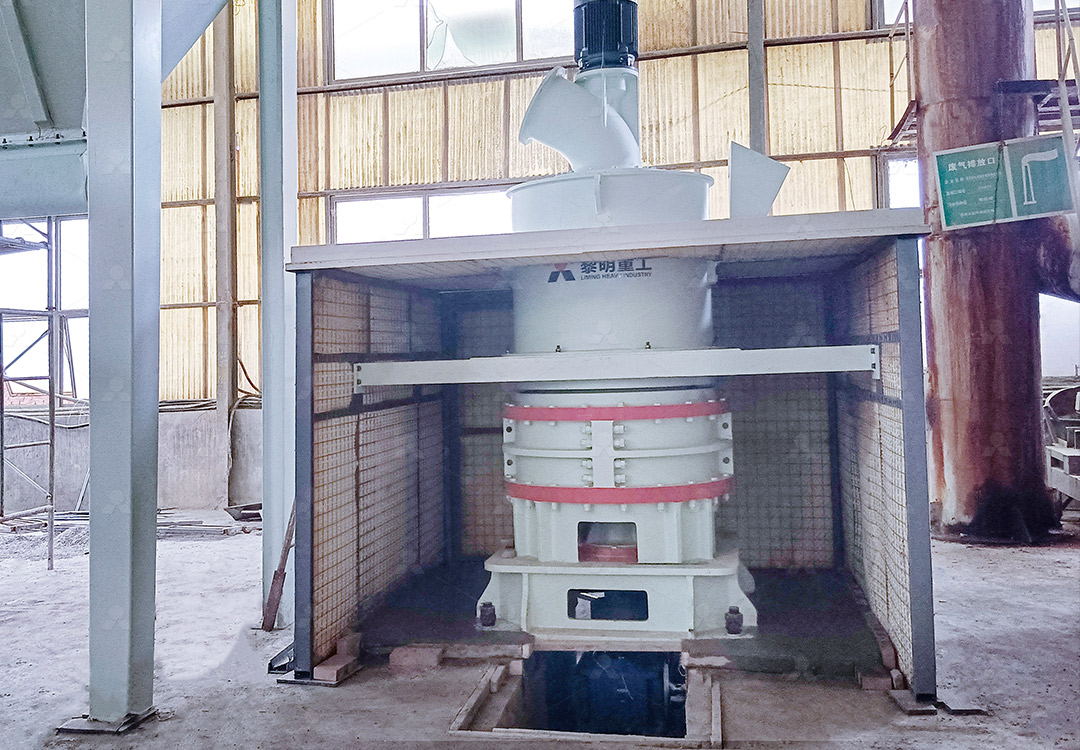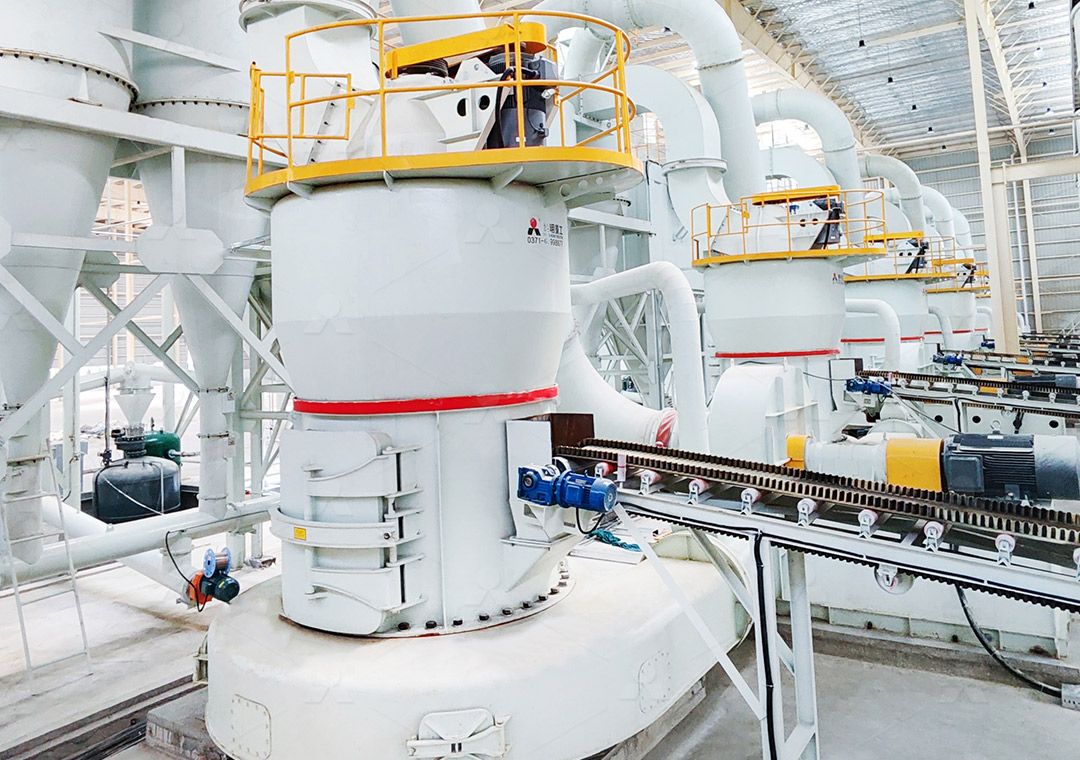Optimizing Grinding Capacity in Wet Ball Mill Operations: A Technical PDF Guide
Optimizing Grinding Capacity in Wet Ball Mill Operations: A Technical PDF Guide
Wet ball milling remains a fundamental process in mineral processing, chemical manufacturing, and various industrial applications where particle size reduction in liquid media is required. While traditional ball mills have served industries for decades, optimizing their capacity and efficiency presents ongoing challenges for plant operators and engineers.
Understanding Wet Ball Mill Dynamics
The efficiency of wet ball milling operations depends on multiple interconnected factors: slurry density, mill speed, ball size distribution, liner design, and feed characteristics. Achieving optimal grinding capacity requires balancing these variables while maintaining product quality specifications. Many operations struggle with inconsistent particle size distribution, excessive energy consumption, and unpredictable maintenance requirements.

Traditional approaches to capacity optimization often focus on incremental improvements to existing systems. However, technological advancements in grinding mill design have introduced more efficient alternatives that can significantly enhance overall operational performance while reducing total cost of ownership.
Beyond Traditional Ball Milling: Advanced Grinding Solutions
For operations requiring ultra-fine powder production, the MW Ultrafine Grinding Mill presents a compelling alternative to conventional wet ball mills. With an input size capability of 0-20 mm and capacity ranging from 0.5-25 tph, this advanced grinding system addresses many limitations of traditional ball milling.
The MW Ultrafine Grinding Mill incorporates several innovative features that directly impact operational efficiency. Its newly designed grinding curves for the roller and ring assembly enhance grinding efficiency significantly. Comparative analysis demonstrates production capacity increases of 40% over jet grinding mills and stirred grinding mills, with yields doubling that of ball grinding mills, while system energy consumption drops to just 30% of jet grinding mill requirements.

Practical Optimization Strategies
Regardless of equipment selection, several universal principles apply to grinding capacity optimization:
- Slurry Concentration Management: Maintaining optimal solid-liquid ratios prevents both under-utilization and overloading of the grinding chamber
- Media Selection and Distribution: Proper ball size gradation ensures efficient particle impact and reduction throughout the grinding process
- Liner Profile Maintenance: Regular inspection and replacement of worn liners maintains consistent grinding efficiency
- Process Control Integration: Implementing automated monitoring systems for critical parameters enables real-time optimization
For operations considering equipment upgrades, the MW Ultrafine Grinding Mill offers particular advantages in applications requiring precise fineness control between 325-2500 meshes. Its German-technology cage-type powder selector enhances separation precision, while the absence of rolling bearings and screws in the grinding chamber eliminates common failure points that plague traditional ball mills.

Environmental and Operational Considerations
Modern grinding operations must balance production requirements with environmental responsibility and operator safety. The integrated pulse dust collector and muffler system in advanced grinding mills addresses both dust and noise pollution concerns, ensuring compliance with increasingly stringent environmental standards.
Maintenance planning represents another critical aspect of grinding capacity optimization. Equipment designs that facilitate external lubrication without shutdown, such as the MW Ultrafine Grinding Mill, enable continuous 24-hour operation while reducing maintenance-related downtime.
Frequently Asked Questions
What is the primary advantage of transitioning from traditional wet ball mills to advanced grinding systems?
Advanced grinding systems typically offer 30-50% energy reduction while increasing capacity by 40% or more, with significantly better particle size control and reduced maintenance requirements.
How does the MW Ultrafine Grinding Mill achieve higher efficiency compared to ball mills?
Through optimized grinding curves, advanced powder selection technology, and elimination of common failure points like internal bearings and screws, the MW mill delivers more consistent grinding with lower energy input.
Can advanced grinding systems handle the same materials as traditional wet ball mills?
Yes, systems like the MW Ultrafine Grinding Mill process various materials including limestone, calcite, dolomite, gypsum, barite, talc, and numerous other industrial minerals with superior efficiency.
What operational changes are required when implementing advanced grinding technology?
While the fundamental grinding process remains similar, operators benefit from simplified maintenance procedures, reduced media consumption, and more precise process control capabilities.
How does equipment selection impact environmental compliance?
Modern grinding systems incorporate integrated dust collection and noise reduction technologies that significantly reduce environmental impact compared to traditional open-system ball mills.
